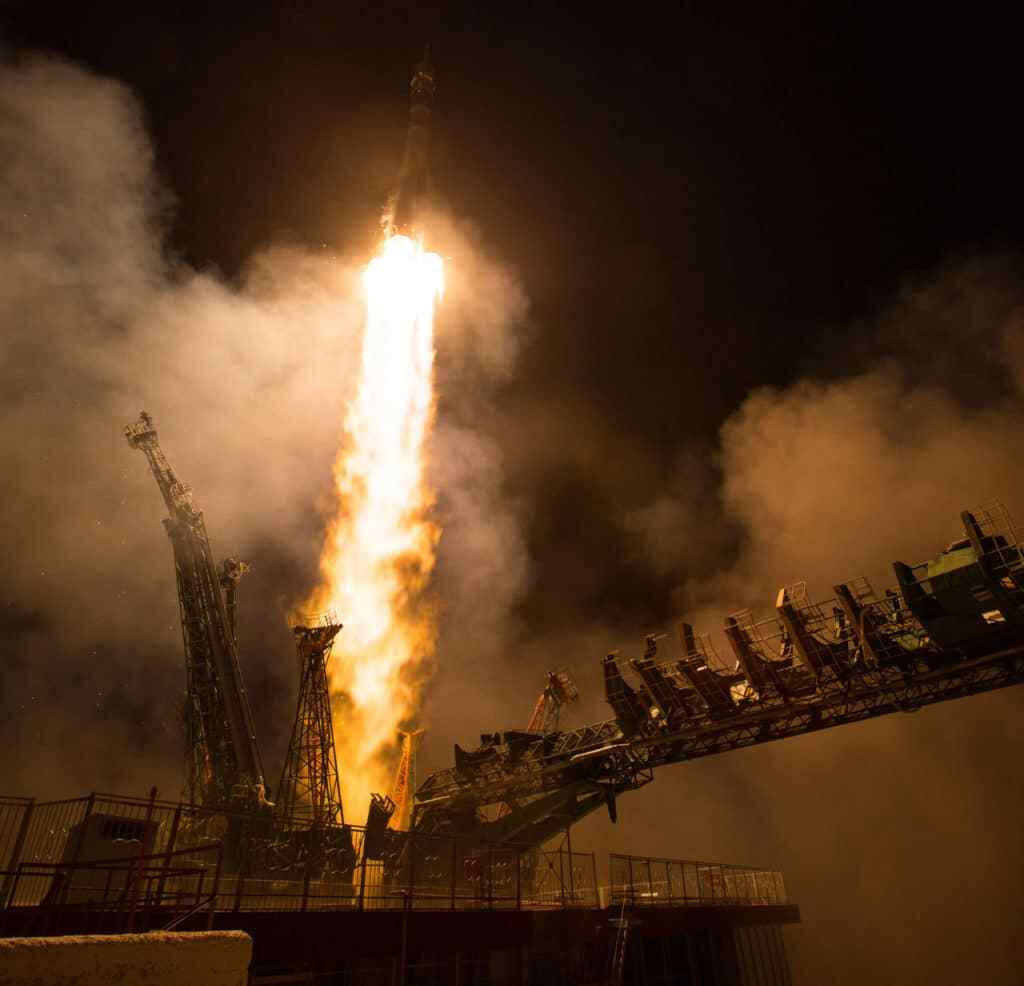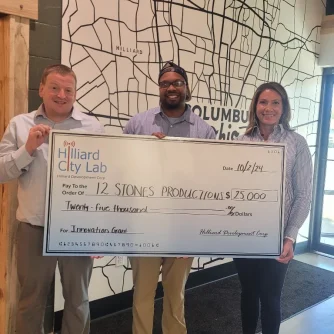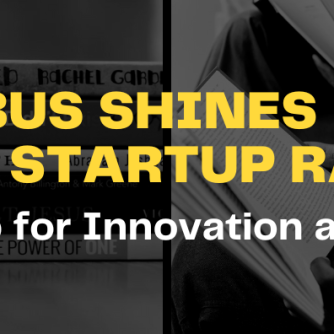
Originally published at https://twoclarify.com on December 11, 2019.
This is part 3 in a series on Venture Capital and Startups in the Midwest. You can find part 1 here and part 2 here.
As I mentioned in part 2, I want to explore history and see what lessons can be learned for this region. Here we go.
Brief History of Venture Capital and Tech in the Midwest
While the Midwest is not without history in the world of tech startups and venture capital, that history is quite limited. Our most relevant history traces back to Dayton, Ohio. At one point, Dayton was a central place for innovation in the US.
In the early 1900s, Dayton had more patents per capita than any other city in the US.
1/6th of Corporate America’s executives spent a portion of their career in Dayton.
The cash register was invented in Dayton.
The first reliable battery ignition system was invented in Dayton.
The company created from this invention resulted in an exit of $350 million in 1958.
In the 1950s and 1960s, Dayton was the center of computer computation.
Over time things changed. Manufacturing jobs left and Dayton and the city began to struggle. Most of the other cities in the Midwest peaked during the boom of legacy industries like steel, coal, and manufacturing. Since then, many cities in the Midwest have fought the brain drain as many of their best and brightest have left for the coastal cities. However, things have started to shift though.
In Ohio, the Third Frontier program has pumped millions of dollars into developing technology startups around Ohio through educational programs, services, and capital. Firms like Rev1 Ventures in Columbus, JumpStart in Cleveland, and CincyTech all provide quality educational services to aspiring founders, foster startup community groups/events, and fund high-potential founders through their respective venture capital funds and syndicated angel funds. Successful Columbus Entrepreneur Rich Langdale and his partners founded NCT Ventures, becoming one of the first real venture capital firms Ohio has ever seen. Later, Mark Kvamme and Chris Olsen founded Drive Capital, bringing true Silicon Valley Venture Capital to the Midwest. Today, numerous funds are investing across Ohio and the Midwest.
In Chicago, venture capital and angel funding went from something extremely difficult to attain in the mid-2000s to a robust ecosystem today. Now, Chicago has a host of funds operating and investing in startups including firms like M25, Hyde Park Ventures, Pritzker Group Venture Capital, 7wire Ventures, and many others. From 2013-2018, Chicago had some of the best returns in the nation, leading all the coastal hubs in MOIC.
In Pittsburgh, Duolingo recently became the city’s first Unicorn. In Indiana, Elevate Ventures performs a similar role to groups like Rev1 in Ohio. Columbus and Indianapolis have both seen Unicorn sized exits over the last three years.
The Midwest’s startup ecosystem doesn’t have the history of Silicon Valley, but we’re making meaningful progress. If you look at the history of Silicon Valley, you’ll realize their massive success didn’t happen overnight.

Brief History of Venture Capital and Tech in Silicon Valley
Venture capital itself is a relatively young industry. While individual investors, banks, and family offices made occasional bets on high growth-seeking ventures, it wasn’t until the 1940’s that the first “Venture Capital” firm focused on such investments was formed. Venture Capital and technology startups began their growth cycle from the success of Fairfield Semiconductor in Silicon Valley in the 1950s and 1960s. The video below provides a quick overview of Fairfield and the rest of Silicon Valley’s history.
https://www.youtube.com/watch?v=UO-8CMdeSHA
Fairfield Semiconductor wasn’t funded by a traditional VC firm. Back then VC’s barely existed. It took several successes and government legislative changes to enable significant capital to be deployed in this asset class. The venture capital and tech startup industry truly took off in the 1980s and exploded in the 90s.
The successes of Fairfield Semiconductor and Intel lead to a multitude of millionaires being created. These successes lead to several other startups and venture capital firms being formed. Venture firms like NEA Ventures and Sequoia Capital came out of these successes and others like them. Don Valentine, the founder of Sequoia, was originally the marketing director for Fairchild Semiconductor. Sequoia went on to invest in companies like Atari, Oracle, Cisco, and Apple Computer just to name a few.
When the internet took off in the 1990s, founders like Marc Andreesen and Ben Horowitz achieved successful exits from Netscape and Opsware. After these successes, the two men formed Andreessen Horowitz, now one of the most prolific venture firms in the world.
The success of PayPal lead to a multitude of other founders and venture capitalists. This group is collectively referred to as the PayPal Mafia. Peter Thiel has since co-founded Palantir and a host of venture funds, most notably Founders Fund. You’ve probably heard a thing or two about what Elon Musk has been doing since PayPal. I could keep going, but it’s an entire post to fully breakdown the successes of the PayPal Mafia. In very recent history, many of Uber’s employees are beginning to do some incredible things in their own right as founders and venture capitalists.
The story of Silicon Valley is rich and truly keeps going. They’ve accomplished much and will likely continue that success into the future.
Takeaways:
So we’ve briefly explored the limited history of the Midwest startup ecosystem and the very rich history of Silicon Valley. As a region, there are a few things that the Midwest can learn.
1. Building a Movement Takes Time
Like a flywheel, movements take time to establish. However, with patience and effort, a flywheel can eventually move at incredible speeds. Silicon Valley has capital and lots of it. Both Venture firms and a host of angels are deploying capital into startups at a rapid rate. The Midwest needs more capital. We need more exits. We’ve had some. More will come. We need to practice patience and most importantly focus on execution. If we do those things, the region can explode.
2. Take Risk
Sometimes, we in the Midwest get a little squeamish about taking risks. Investors worked hard for their money and don’t want to lose it. Understandably so. However, you’re not going to get the outsized returns that many Silicon Valley VC’s and angels have received without taking outsized (though calculated) risks. Some in the Midwest focus too much on what can go wrong. We need to start asking ourselves what can go right more often. I’m not suggesting we throw out fundaments. However, we have to be willing to take big risks if we want big rewards.
3. Seize the Moment
If you look at the history of Silicon Valley, you’ll repeatably see entrepreneurs and investors seizing moments of opportunity. We in the Midwest are at somewhat of an inflection point. There is more local capital here than ever before. Silicon Valley investors are increasingly willing to do deals here. Communities from Madison, Wisconsin to Columbus, Ohio have built strong startup communities. We’ve got more founders than ever trying to solve big problems. We’ve had a couple of billion-dollar-plus exits. We’ve got a few others with billion-dollar valuations. Cloud computing has made it possible for technology companies to be built anywhere. It’s never been easier to have remote teams. If we want to take the next step as a region, we have to seize this moment.
4. Be Hungry
One thing I’ve noticed about our coastal peers is their hunger. One success isn’t enough for them. They are always chasing more. It’s not, “get one exit and retire.” Successful founders and investors found more companies and invest more dollars. They don’t put limits on how successful they can be. To quote the Social Network, “a million dollars isn’t cool.” See the video below.
https://www.youtube.com/watch?v=4e0n7vTLz1U
I’m not saying that everything has to be a billion dollars. Far from it, success comes in many sizes and a unicorn exit shouldn’t be the end all be all. However, too many in the Midwest believe we can’t achieve those outcomes here, despite the reality that we already have.
5. Reinvest
Success compounds. This builds off the last point, but it’s a point I don’t want to be missed. Every win on the coast leads to more founders, more investors, and more capital. Success has the potential to compound, just like money. The coastal cities have let their success compound. We in the Midwest need to ensure that our successes compound.
TL;DR – To take the next step as a region, it helps to look at the history of those that have already succeeded. While the Midwest has a limited history in technology startups, we’ve come a long way in the last 10-15 years. Silicon Valley and other coastal hubs have significant history and accomplishments in technology. What are the takeaways from the history in the Midwest and the history of Silicon Valley?
Building a Movement Takes Time
Take Risk
Seize the Moment
Be Hungry
Reinvest
Disclaimer: The views expressed in this blog and our respective social media accounts exclusively reflect my personal views. They do not in any way reflect the views of my employers. The posts in this blog are purely personal opinion. They are not meant to be taken as investment or legal advice.







